When it comes to upgrading your kitchen, the ceramic hob is a sleek and modern choice that combines practicality, efficiency, and style. Ceramic hobs have become increasingly popular due to their ease of use, quick heating capabilities, and easy-to-clean surfaces. Whether you’re moving into a new home or simply replacing an outdated cooktop, choosing the right ceramic hob can make all the difference in your cooking experience. In this guide, we’ll explore the key features of ceramic hobs, compare them to other cooktops, and provide tips on how to select the perfect model for your kitchen needs.
What is a Ceramic Hob?
A ceramic hob refers to the type of surface finish used on the cooking appliance, rather than how it functions internally. It features a smooth ceramic glass surface, which is similar to an induction hob, and can be installed on most countertops with an electric power supply. The sleek design not only looks modern but also makes cleaning a breeze, as the surface is easy to wipe down. Ceramic hobs are an ideal choice for busy households due to their practicality. Additionally, many models come equipped with safety features like child safety locks, ensuring that young children cannot accidentally adjust the settings while the hob is in use.
Different Types of Ceramic Hobs
Ceramic hobs come in various types, which can be categorized based on factors like size, installation style, and control options. Depending on your kitchen space and cooking requirements, you'll find different variations of ceramic hobs to suit your needs. Here are the main types:
1. Size and Dimensions
Single Zone Ceramic Hobs: These are compact models designed for small kitchens or for individuals who don't need multiple cooking zones. They typically feature one cooking area, ideal for quick meals or single-pot cooking.
Two-Ring Ceramic Hobs: A popular choice for smaller households or compact kitchens, offering two cooking zones on one surface. It's perfect for cooking smaller meals or side dishes simultaneously.

Four-Ring Ceramic Hobs: The most common size for larger kitchens, providing four separate cooking zones. It offers more flexibility and is suitable for preparing multiple dishes at once.

2. Built-In vs. Freestanding
Built-In Ceramic Hobs: These are designed to integrate seamlessly into your kitchen countertop, offering a sleek and modern look. Built-in models typically come in standard sizes (e.g., 60cm, 70cm) and require a designated installation space.
Freestanding Ceramic Hobs: These are standalone units that can be placed anywhere with an electric outlet. They are more portable but usually have fewer features compared to built-in models.
3. Touch Control vs. Knob Control
Touch Control Ceramic Hobs: These offer a modern, clean design and allow users to control heat settings through a touch-sensitive panel. They are often easier to clean and provide a more refined user experience.
Knob Control Ceramic Hobs: These models use traditional knobs for adjusting heat levels. While they might not offer the sleek appearance of touch controls, they provide tactile, straightforward operation.
4. Compact vs. Large Ceramic Hobs
30cm Ceramic Hobs: These compact models are ideal for small kitchens, apartments, or even for mobile homes. With just one or two cooking zones, they provide a space-saving solution without sacrificing performance.
60cm Ceramic Hobs: A popular size for most kitchens, offering a balanced number of cooking zones (usually four) for greater flexibility. Perfect for families or small to medium-sized households, it provides enough space for multiple pots and pans.
90cm Ceramic Hobs: These larger models are designed for spacious kitchens, offering more cooking zones and higher power. They are ideal for larger families or those who frequently cook multiple dishes at once, providing ample space for big pots and pans.
How Do Ceramic Hobs Work?
A ceramic hob works by passing an electric current through heating elements located beneath a smooth ceramic glass surface. These elements heat up and transfer heat to the cookware placed on top, allowing you to cook your meals. Unlike induction hobs, which rely on magnetic fields to generate heat and require specific cookware, ceramic hobs are compatible with all types of pots and pans, including coated aluminum, stainless steel, and copper. These materials conduct heat efficiently, making them ideal for use with ceramic hobs.
However, it's important to note that heat can transfer across the entire cooking zone on a ceramic hob, not just directly under the cookware, which can cause the surrounding area to become hot. This is something to be mindful of, especially when handling the hob or cleaning it after use.
For added safety, many ceramic hobs come with heat indicators, typically showing a visible "H," which signals if the cooking surface is still too hot to touch. This feature helps prevent burns and accidents, ensuring a safer cooking experience. Overall, ceramic hobs offer a versatile, easy-to-clean cooking solution, but they require some caution due to the heat retention across the surface.

The Difference Between Induction and Ceramic Hobs
Although induction and ceramic hobs may appear similar at first glance, they operate using different heating methods, which results in distinct benefits and features.
The primary difference lies in how they generate heat. Ceramic hobs use electric current passed through heating elements beneath the ceramic glass surface, which then heats up the cookware. This heat is transferred to the pan and can spread to the surrounding area as well. As a result, ceramic hobs can take slightly longer to heat up and cool down, and the entire cooking zone can remain hot even after the pan is removed.
In contrast, induction hobs use high-frequency electromagnets to directly heat the pan itself. The magnetic field generated by the induction coil excites the molecules in the cookware, causing it to heat up. This means that only the pan gets hot, while the surrounding area remains cool, leading to more energy-efficient cooking. Induction hobs also offer faster heating times and more precise temperature control compared to ceramic hobs.
Are Ceramic Hobs Safer to Use than Other Types of Hobs?
Ceramic hobs are generally considered safer than other types of hobs, such as gas or electric models, for several reasons. First, the smooth, flat surface of a ceramic hob eliminates the need for open flames (as in gas hobs) or exposed heating elements (as in traditional electric hobs). This reduces the risk of accidental fires and burns, making them safer for households, especially those with children or pets.
Additionally, many ceramic hobs feature halogen elements, which heat up quickly and cool down rapidly. This not only makes the cooking process more energy-efficient but also reduces the amount of time the hob remains dangerously hot after use, lowering the chances of accidental burns.
However, while ceramic hobs offer these safety advantages, it’s essential to keep in mind that the glass surface can still become extremely hot during cooking. This means that safety precautions should always be observed, such as avoiding touching the surface while it's in use and ensuring the use of heat-resistant cookware.
Are Ceramic Hobs More Expensive than Other Types of Hobs?
Ceramic hobs are generally more expensive than traditional gas or electric hobs. The cost difference can be attributed to several factors, including the advanced technology and materials used in ceramic hobs. For instance, the smooth ceramic glass surface and the heating elements beneath it often come at a higher manufacturing cost compared to the simpler coil-based electric hobs or gas burners.
Additionally, many ceramic hobs come with modern features like touchscreen controls, precise temperature settings, and even child safety locks, all of which contribute to the higher price. These advanced features offer greater convenience, precision, and safety, but they also increase the overall cost.
However, it's important to consider the long-term benefits. Ceramic hobs are often more energy-efficient, easier to clean, and offer a more stylish, modern look compared to traditional hobs. While the upfront cost may be higher, many people find that the added benefits justify the price difference.
The Pros and Cons of Ceramic Hobs
Pros:
- Sleek and Modern Design: Ceramic hobs feature a smooth, glass-ceramic surface that gives your kitchen a contemporary, clean look. This design not only adds style but also contributes to the overall aesthetics of your cooking space.
- Easy to Clean: The flat, seamless surface of ceramic hobs makes cleaning a breeze. Spills and stains can be quickly wiped away once the hob cools down, keeping your kitchen looking tidy and well-maintained.
- Even Heat Distribution: Unlike some traditional hobs, ceramic hobs distribute heat evenly across the cooking zone, ensuring consistent cooking and preventing hot spots on your cookware.
- Responsive Heating: Ceramic hobs heat up quickly and adjust to temperature changes efficiently. This allows for better control over cooking temperatures, making them ideal for precise cooking.
- Enhanced Safety Features: As mentioned earlier, ceramic hobs come with many built-in safety features, such as residual heat indicators that alert you if the surface is still hot. This significantly reduces the risk of accidental burns, making ceramic hobs safer than traditional gas or electric cooktops.
Cons:
- Fragility: The glass-ceramic surface, while attractive, can be delicate. Heavy objects or sharp utensils may cause scratches or cracks, so extra care is needed during use.
- Limited Cookware Compatibility: Only flat-bottomed cookware works well on ceramic hobs, and materials like cast iron may cause damage to the surface. This is something to consider when choosing pots and pans.
- Slow Cooling: Ceramic hobs retain heat for a longer period even after turning off, meaning it takes longer for the surface to cool down. This could be a drawback if you need to quickly clear the cooking area.
- Higher Initial Cost: While ceramic hobs come with advanced features and a sleek design, they tend to be more expensive compared to traditional coil or gas cooktops. The added cost reflects their enhanced functionality, energy efficiency, and modern design.
- Susceptible to Stains: Ceramic hobs can stain if spills are not cleaned up immediately, especially from foods with high sugar or oil content. However, regular cleaning can prevent long-term staining.
How to Choose the Right Ceramic Hob for Your Kitchen
Choosing the right ceramic hob for your kitchen depends on a few key factors, including size and additional features. Here are the main points to consider:
1. Size and Kitchen Space
Size Matters: The size of the ceramic hob is crucial and should match your available kitchen space. If you're opting for a built-in ceramic hob, make sure your countertop has the correct dimensions and can accommodate the required cut-out. Typically, hobs come in various sizes, such as 30cm, 60cm, and 90cm. Larger hobs are ideal for bigger kitchens or households that cook frequently, while smaller hobs are perfect for compact spaces or single-person households.
Space Planning: Make sure the hob fits into your kitchen layout and provides enough cooking zones for your needs. For example, a four-ring ceramic hob is perfect for larger families, while a two-ring hob works well for smaller households or kitchens with limited counter space.
2. Additional Features and Safety
Safety Features: If you have young children at home, it’s important to check for safety features before purchasing a ceramic hob. Many models offer residual heat indicators, which warn you if the cooking surface is still hot after use. Some models also include child safety locks to prevent accidental adjustments or turning on the hob.
Extra Functions: Consider additional features like touch controls for ease of use, boosting functions for faster heating, and automatic shut-off for safety. Some advanced models even have smart sensors that adjust the heat level automatically based on the pot's size or temperature.
Shop The Best Ceramic Hob
1. Gadgets 30cm 2-Zone Electric Ceramic Hob (3000W)

Key Features
- 2 Cooking Zones: Includes a 1200W front burner and an 1800W rear burner, providing fast and even heating for versatile cooking.
- Touch Control: Easily adjust heat settings with the responsive touch slider.
- Dimensions (mm): W290 x D520 x H50
- Universal Cookware Compatibility: Works with a variety of cookware, including stainless steel, cast iron, and glass.
- Timer Function: 99-minute timer for precise cooking times.
Features
 |
 |
 |
| Versatile Cooking: Perfect for both simmering and stir-frying, offering flexible cooking options for all types of dishes. | Easy to Clean: The smooth black ceramic glass is non-stick and easy to wipe down after cooking. | Safety Features: Includes a child safety lock and residual heat indicator for added protection. |
2. Ciarra Gadgets 60cm 4-Zone Built-In Ceramic Hob (6000W)

Key Features
- 4 Cooking Zones: Includes two 1800W zones and two 1200W zones, providing ample space and power for multiple dishes.
- Touch Control: Simple touch controls for adjusting the power levels with ease.
- Dimensions (mm): W590 x D520 x H50
- 99-Minute Timer: Each cooking zone has its own timer for precise cooking times.
Features
- Versatile Cooking: The 4-zone design allows for simultaneous cooking, making it perfect for family meals or dinner parties.
- Easy to Clean: The smooth ceramic surface is wipe-clean, ensuring no food residue or grease is left behind.
- Touch Controls: Adjust cooking settings with ease via the touch-sensitive control panel.
- Safety Features: Includes auto shut-off, residual heat indicator, and safety lock for added protection.
3. Ciarra Gadgets 60cm 3-Zone Electric Ceramic Hob (5600W)
This 60cm built-in ceramic hob offers three versatile cooking zones, including one large zone for faster heating. With 9 power levels, a 99-minute timer, and a sleek design, it's perfect for those who need flexibility in their cooking while maintaining safety and efficiency. The black crystal glass is not only visually appealing but also makes for easy cleanup after cooking. Installation by a qualified professional is required.

Key Features
- 3 Cooking Zones: Features one large 2700W zone and two smaller 1200W zones for flexible cooking options.
- Touch Control: Easily adjust the temperature with 9 power levels using the intuitive touch control system.
- Dimensions (mm): W590 x D520 x H50
- Universal Cookware Compatibility: Compatible with a wide range of cookware, including cast iron, stainless steel, copper, and glass.
- Safety Features: Equipped with a child safety lock, residual heat indicator, overflow protection, and auto shut-off.
- 99-Minute Timer: Allows you to set individual timers for each zone for precise cooking control.
Tips for Using and Maintaining Your Ceramic Hob
1. Cleaning Your Ceramic Hob:
Cleaning a ceramic hob is quick and simple. Here’s how to keep it looking pristine:
- Cool Down First: Always ensure the hob is completely cool before cleaning to avoid burns or damage to the surface.
- Use Non-Abrasive Cloths: Wipe the surface with a soft, non-abrasive cloth to avoid scratching the glass-ceramic surface. A damp cloth with warm, soapy water should remove most spills and stains.
- Tackling Stubborn Spots: For baked-on food or grease, use a non-abrasive cloth with warm soapy water. Gently scrub the affected area without applying too much pressure.
- Buff to a Shine: After cleaning, use a dry cloth to buff the surface to a gleaming shine. This step ensures the hob looks spotless and keeps it protected from stains.
2. Preventing Damage:
- Avoid Scratching: Be mindful of heavy pots or pans that could scratch the surface. Always use flat-bottomed cookware to ensure proper heat transfer.
- Check for Spills Quickly: Clean spills promptly to prevent staining, especially from sugary or oily substances that can burn onto the surface.
Are Ceramic Hobs Easy to Install?
Ceramic hobs are generally considered easy to install, but they do require some basic knowledge of electrical wiring and appliance installation.
The process involves measuring and marking the correct space on your countertop, ensuring it's the right size for the hob.
After drilling the necessary holes in the worktop, you will need to connect the wiring to the hob, ensuring everything is safely secured.

Finally, the hob is attached to the surface and connected to the power supply. While this process can be done with the right tools, it's important to follow the manufacturer's instructions carefully for safety. If you're not confident with electrical work, it's always a good idea to hire a professional to ensure proper installation and avoid any risks.
Common Problems with Ceramic Hobs and How to Fix Them
Stains and Spills
Problem: Stubborn stains or food spills that won't come off.
Solution: Use a non-abrasive cleaner and a soft cloth to gently scrub the stains. For baked-on food, apply a bit of warm, soapy water and let it sit for a few minutes before wiping it off.
Scratches on the Surface
Problem: Scratches appearing on the ceramic surface from cookware.
Solution: Prevent scratches by using flat-bottomed pots and pans. If scratches do appear, they are usually cosmetic, but avoid using sharp objects on the surface.
Uneven Heating
Problem: Some areas of the hob heat unevenly.
Solution: Check that the cookware is flat and sits properly on the heating zone. If the problem persists, the hob may need professional servicing or the heating element may need replacing.
Residual Heat Indicator Not Working
Problem: The heat indicator doesn't turn on after use.
Solution: First, ensure the hob is properly connected to the power supply. If the indicator still doesn't work, it might be a wiring issue or a fault with the electronic control, which may need repair.
Cracked Glass Surface
Problem: The ceramic glass surface cracks due to impact or heavy objects.
Solution: If the crack is small, you may be able to use a ceramic hob repair kit, but in most cases, it's best to replace the glass. Always handle cookware with care to avoid damage.
FAQs About Ceramic Hobs
Does a ceramic hob need special pans?
No, ceramic hobs do not require special pans, but they do perform best with flat-bottomed cookware. This ensures better heat transfer and more efficient cooking.
How long do ceramic hobs typically last?
Ceramic hobs are known for their durability and can last anywhere from 10 to 15 years or more with proper care and maintenance. The lifespan depends on factors such as usage frequency, how well the hob is maintained, and whether it's used with suitable cookware.
How easy is it to clean a ceramic hob?
Cleaning a ceramic hob is quite easy. Once the hob has cooled down, simply use a soft, non-abrasive cloth and warm, soapy water to wipe away spills and stains. For more stubborn marks, a ceramic hob cleaner or a non-abrasive scrub pad can be used. Always dry the surface with a clean cloth to prevent water spots.
Are ceramic hobs energy-efficient?
Yes, ceramic hobs are generally energy-efficient as they heat up quickly and distribute heat evenly across the cooking zone, reducing the amount of energy required.
Why is my ceramic hob not heating properly?
If your ceramic hob is not heating correctly, it could be due to issues with the power supply, a malfunctioning heating element, or the cookware not making proper contact with the surface. Check the power connection and ensure you're using suitable cookware.
Can ceramic hobs be repaired?
Yes, minor issues such as broken control knobs or malfunctioning heating elements can usually be repaired. However, if the glass surface is cracked, it's often necessary to replace it entirely for safety reasons.
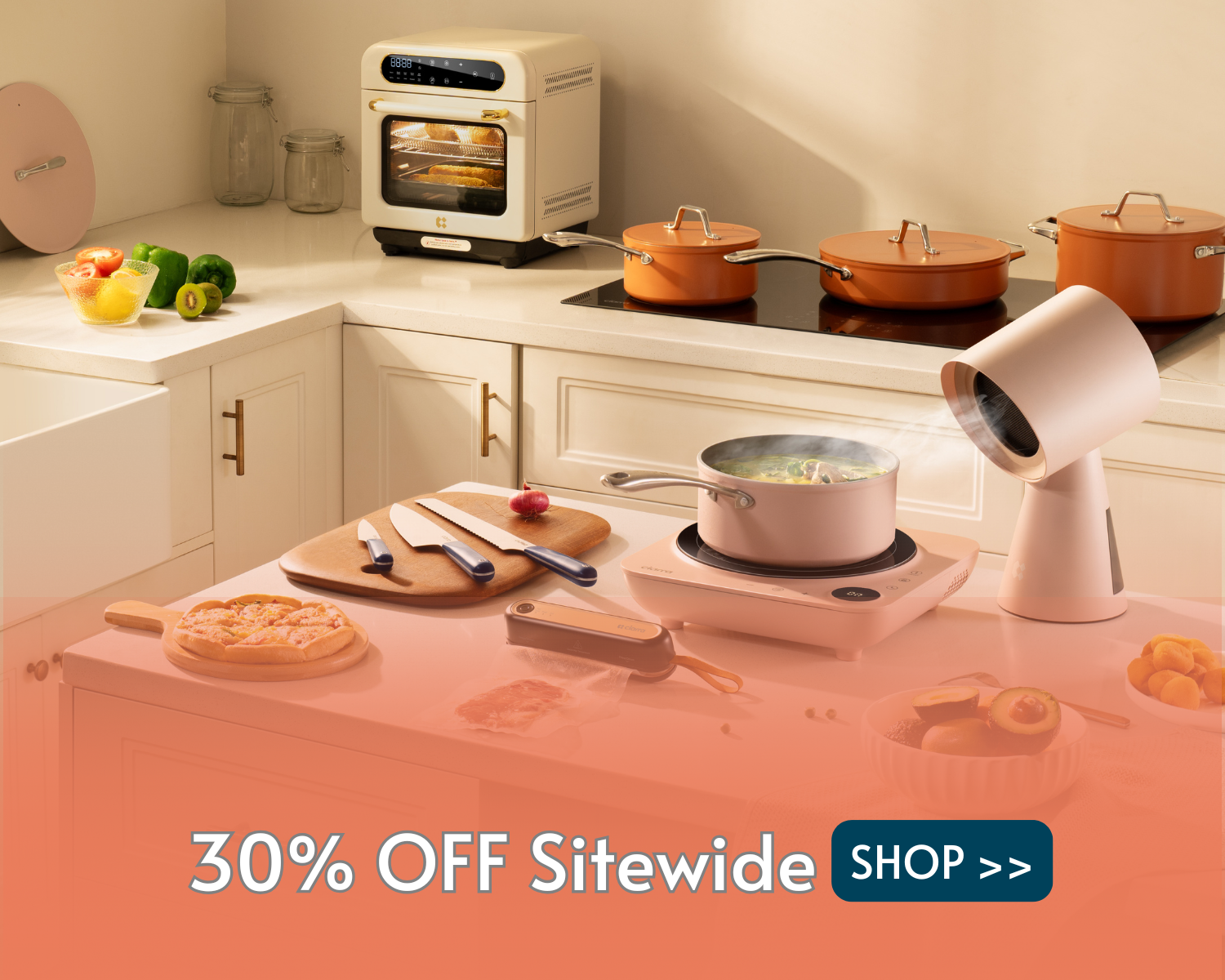
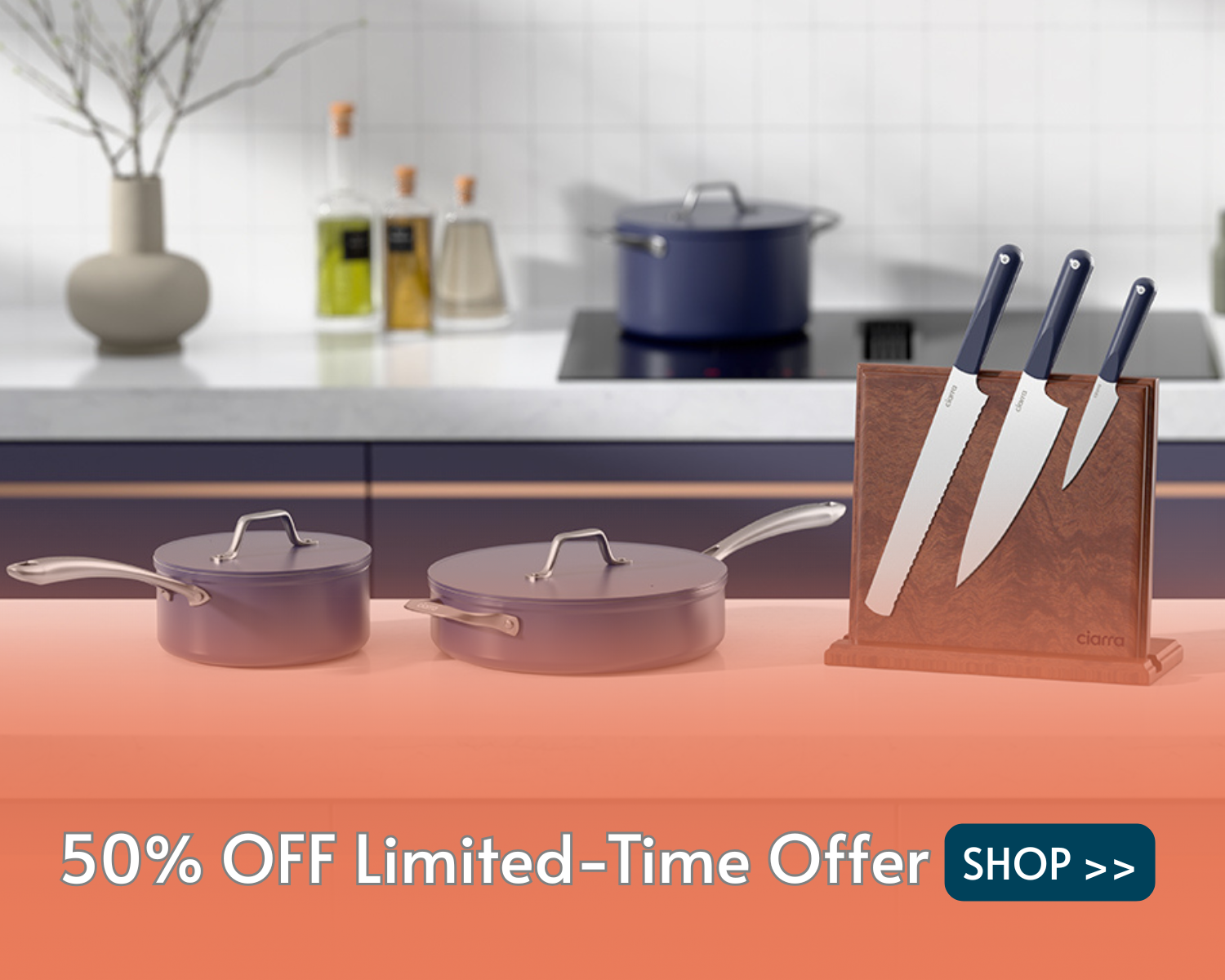
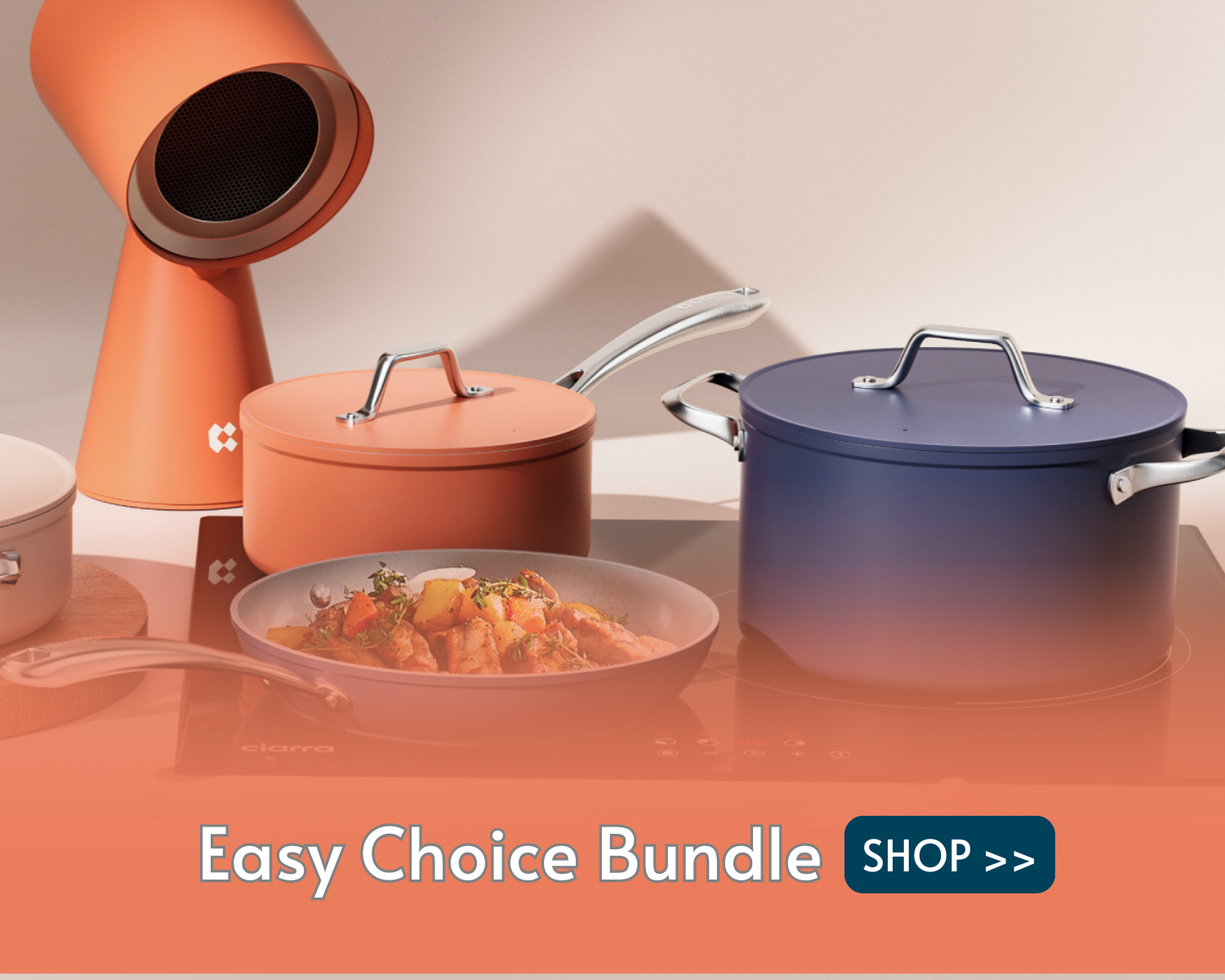
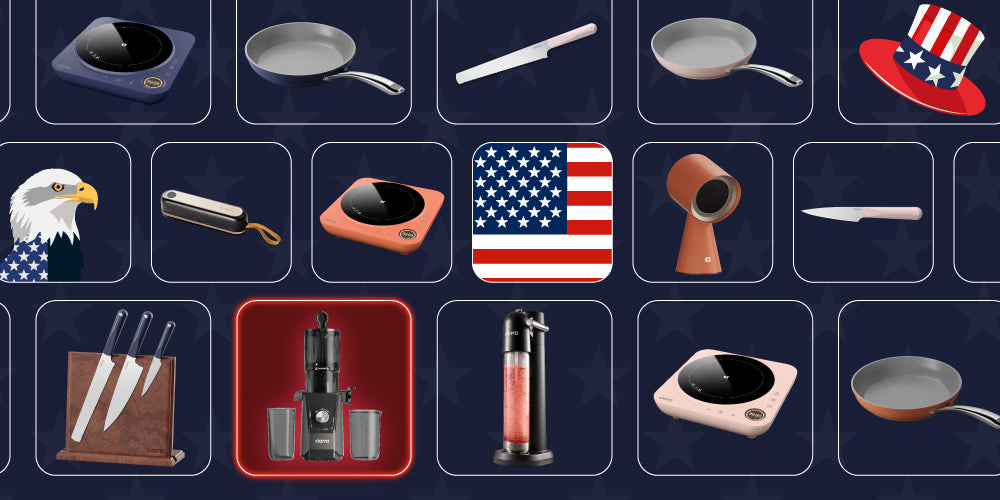
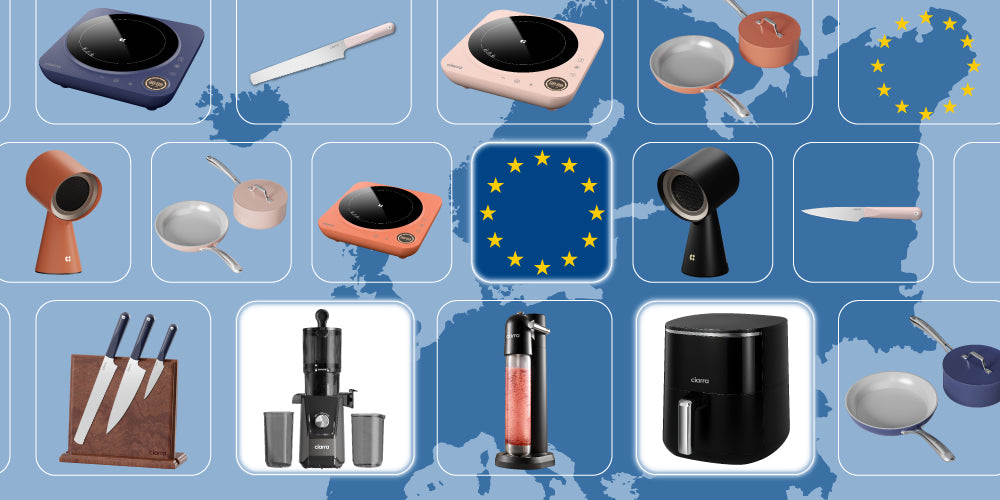
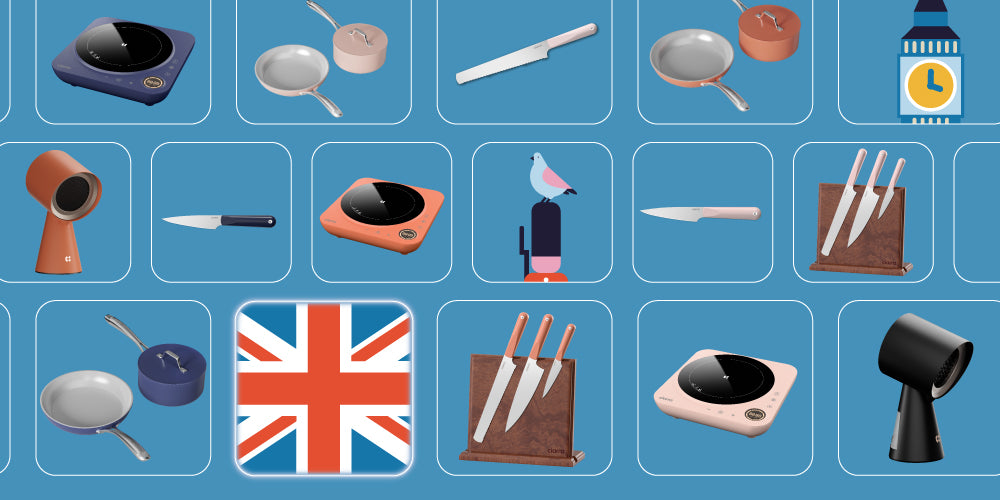
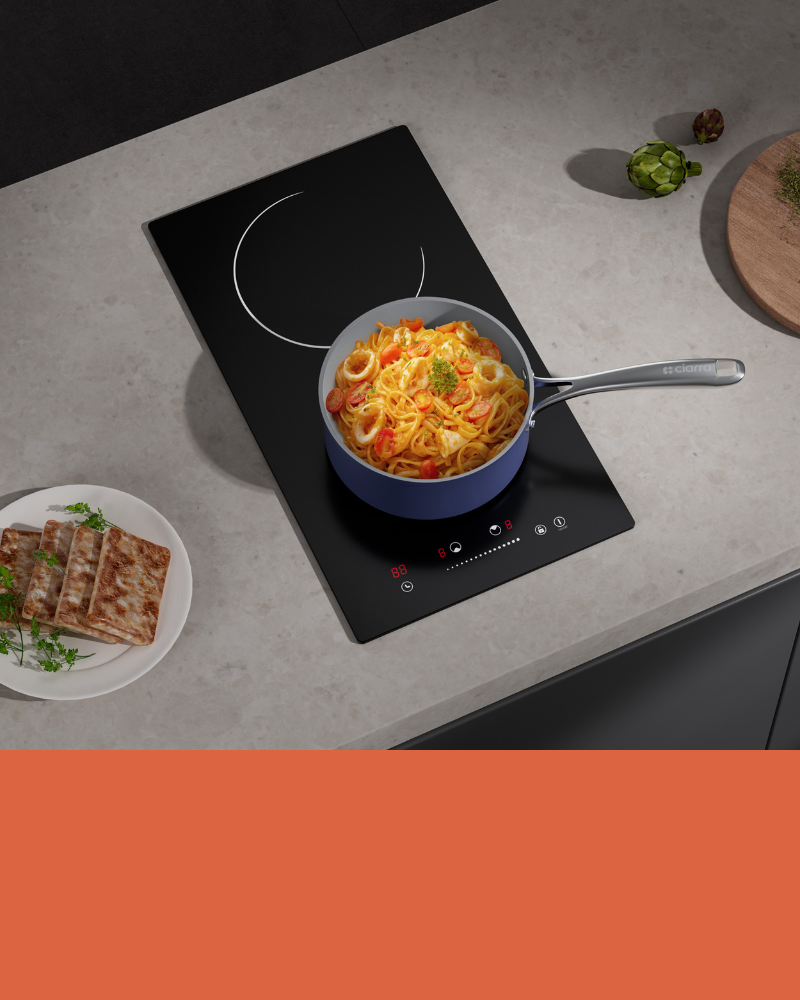
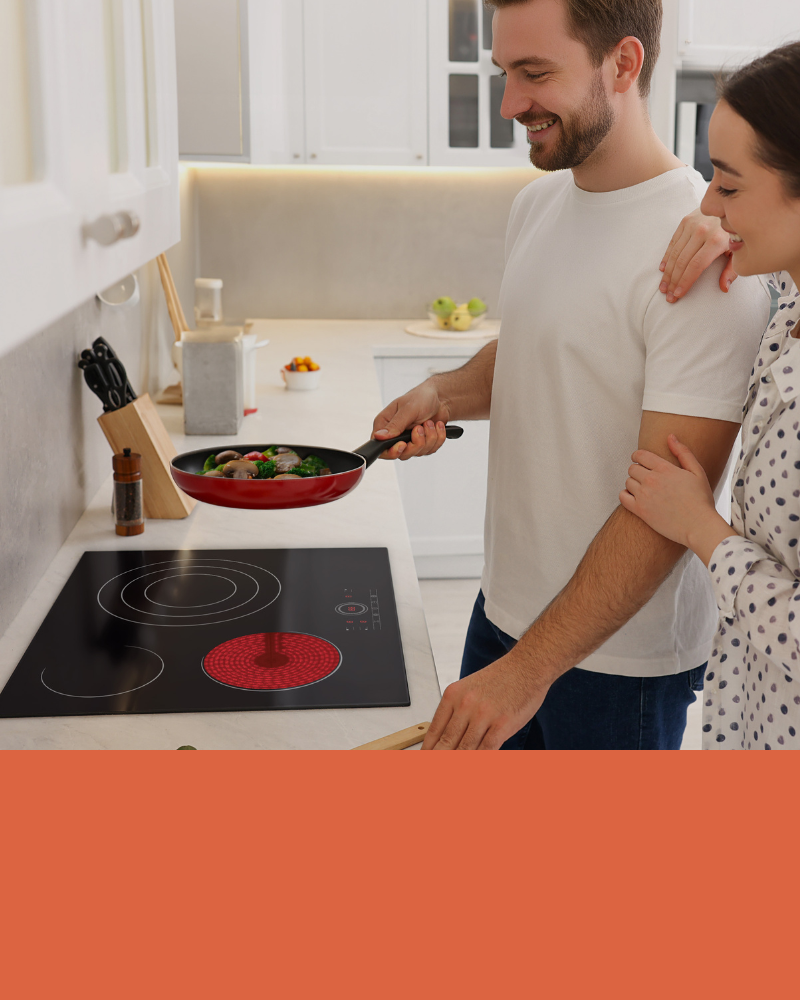
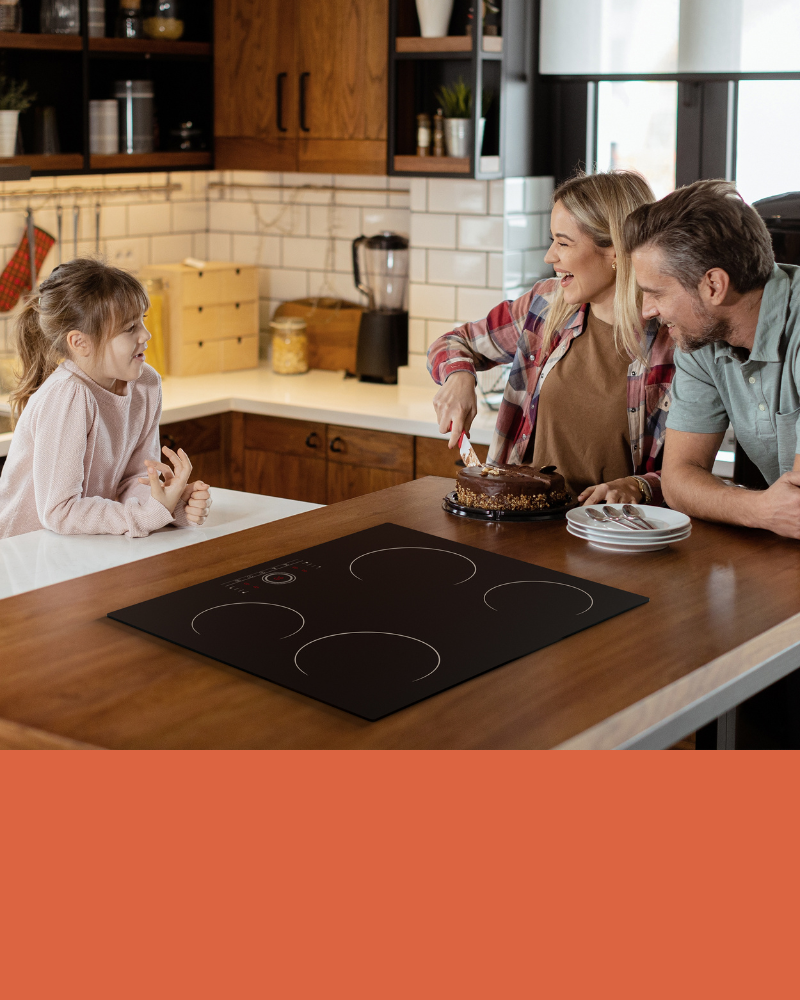
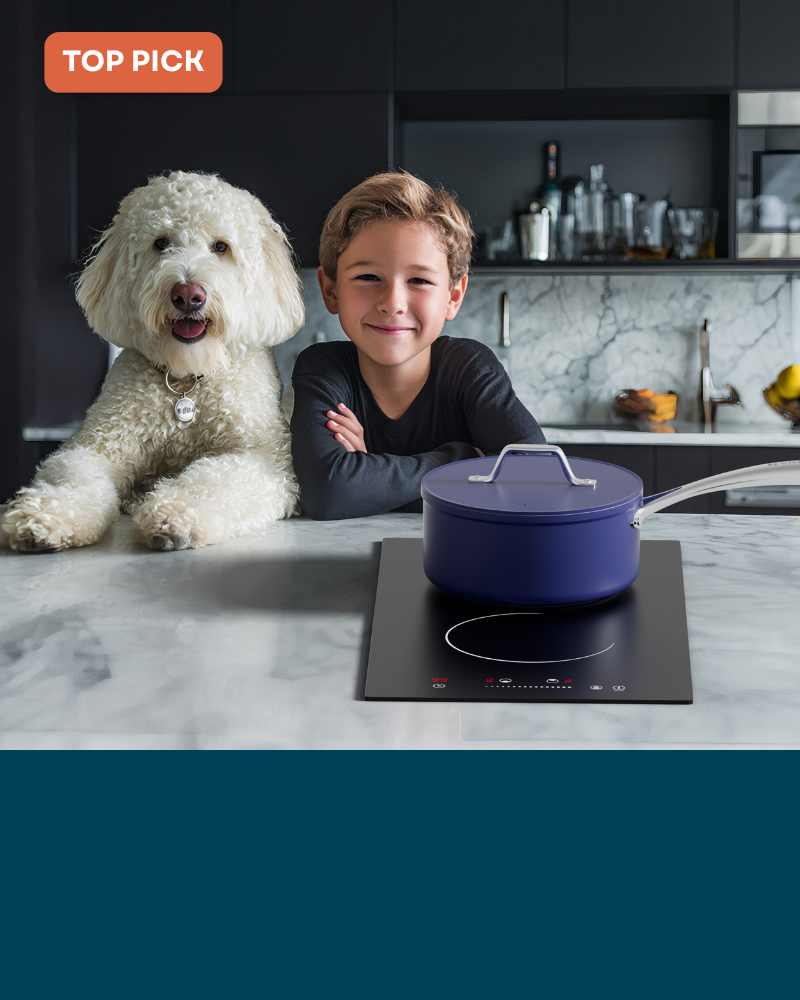
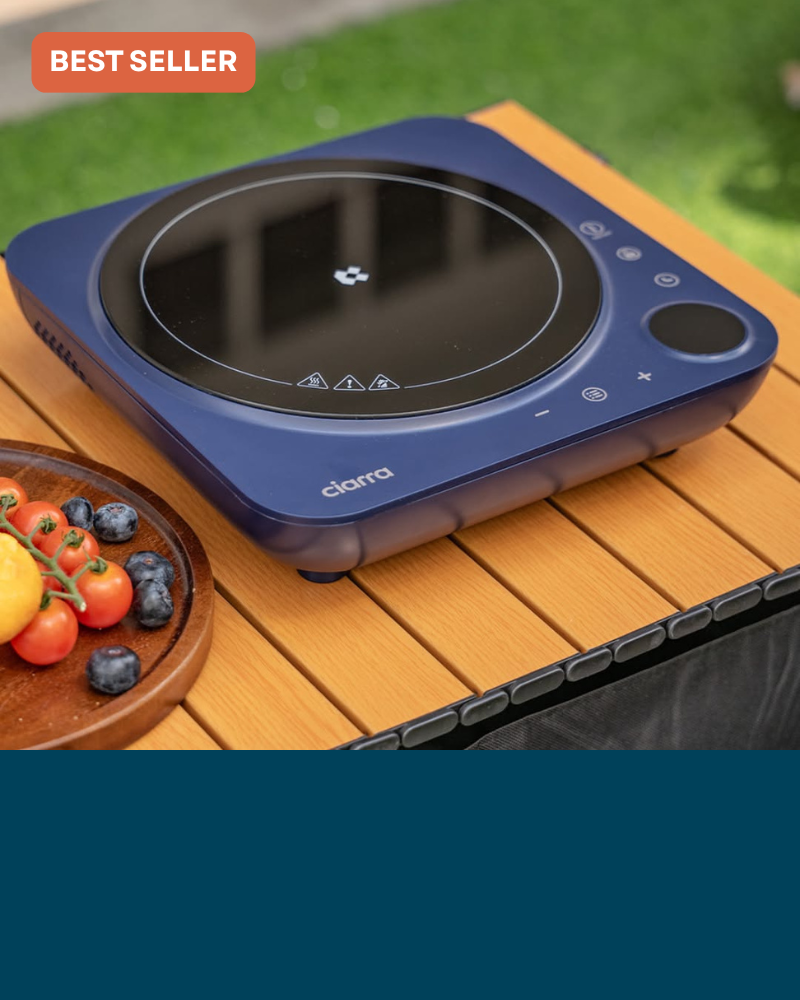
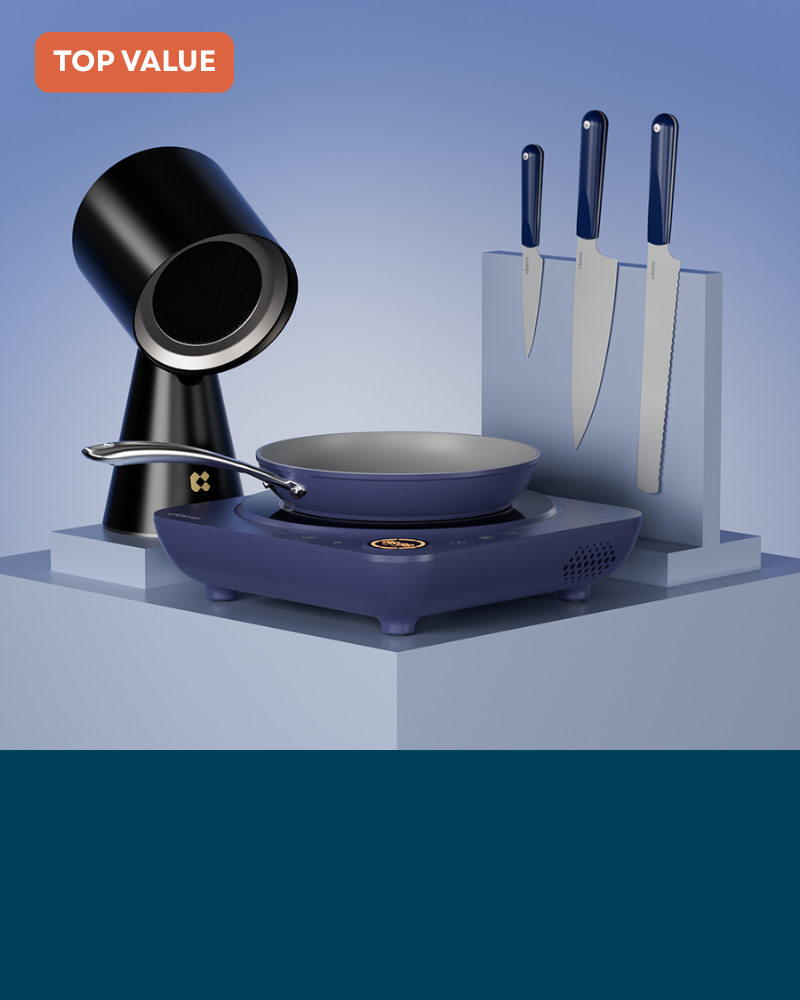
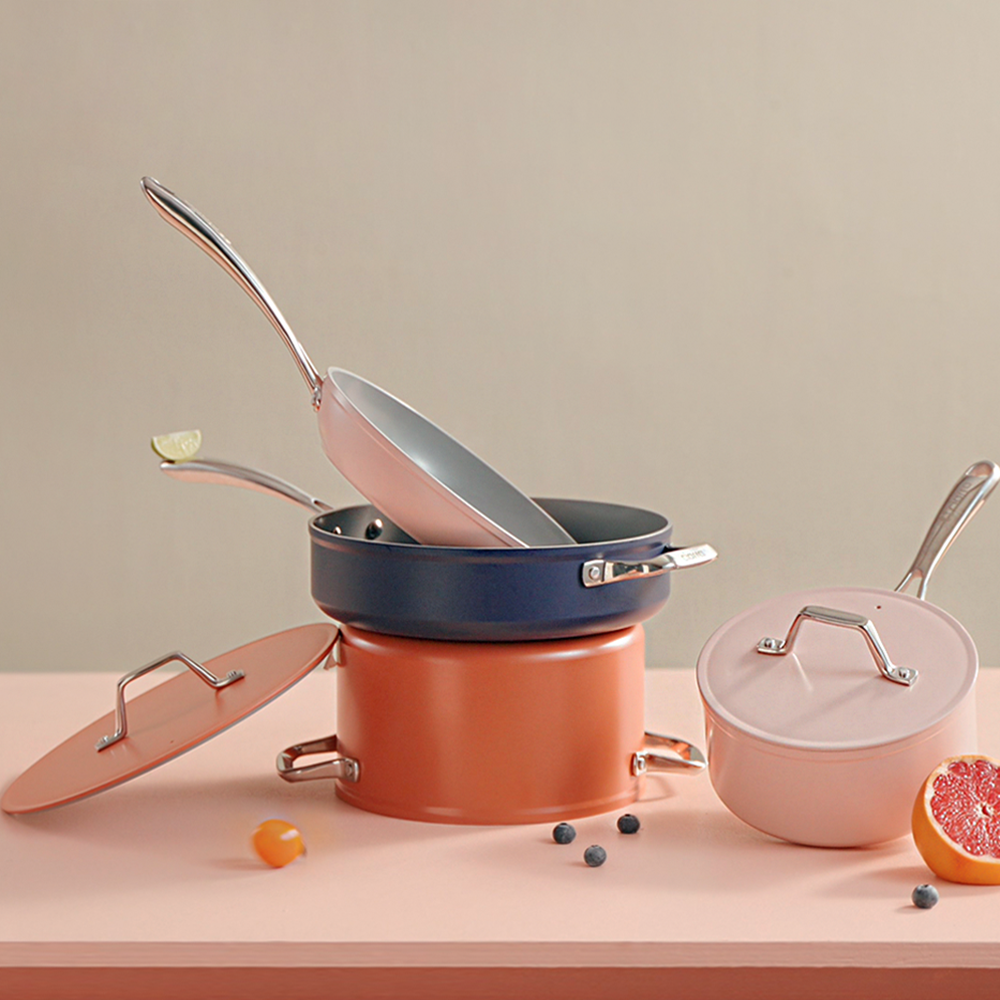
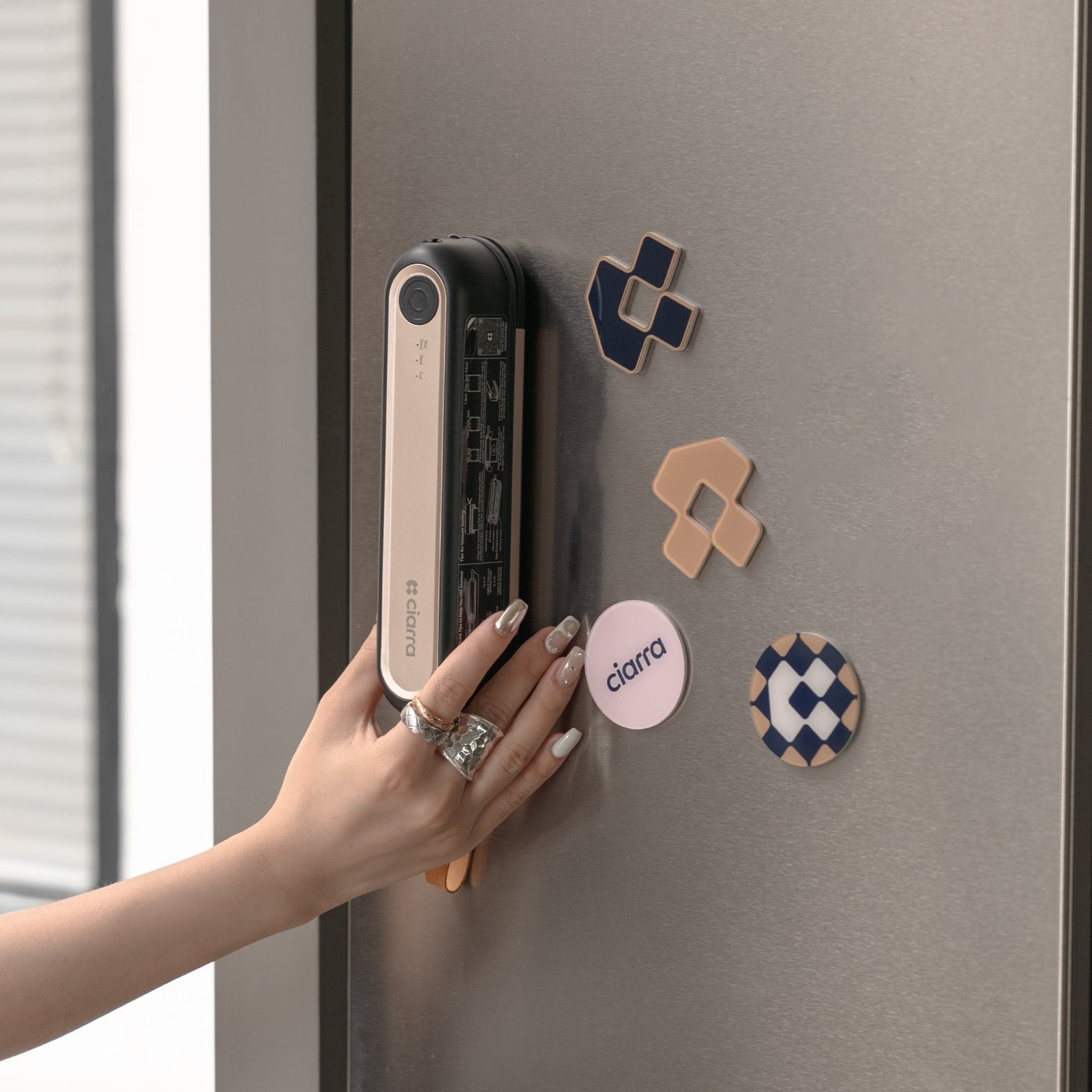
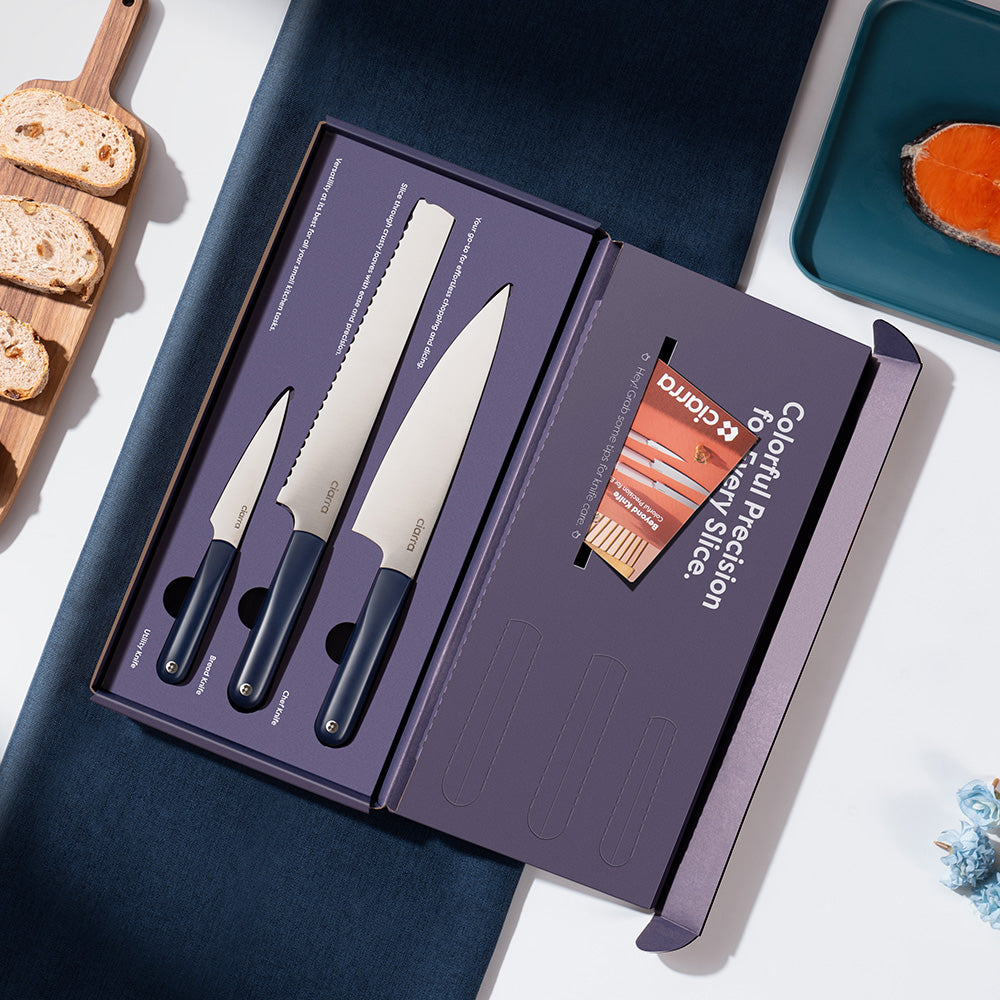

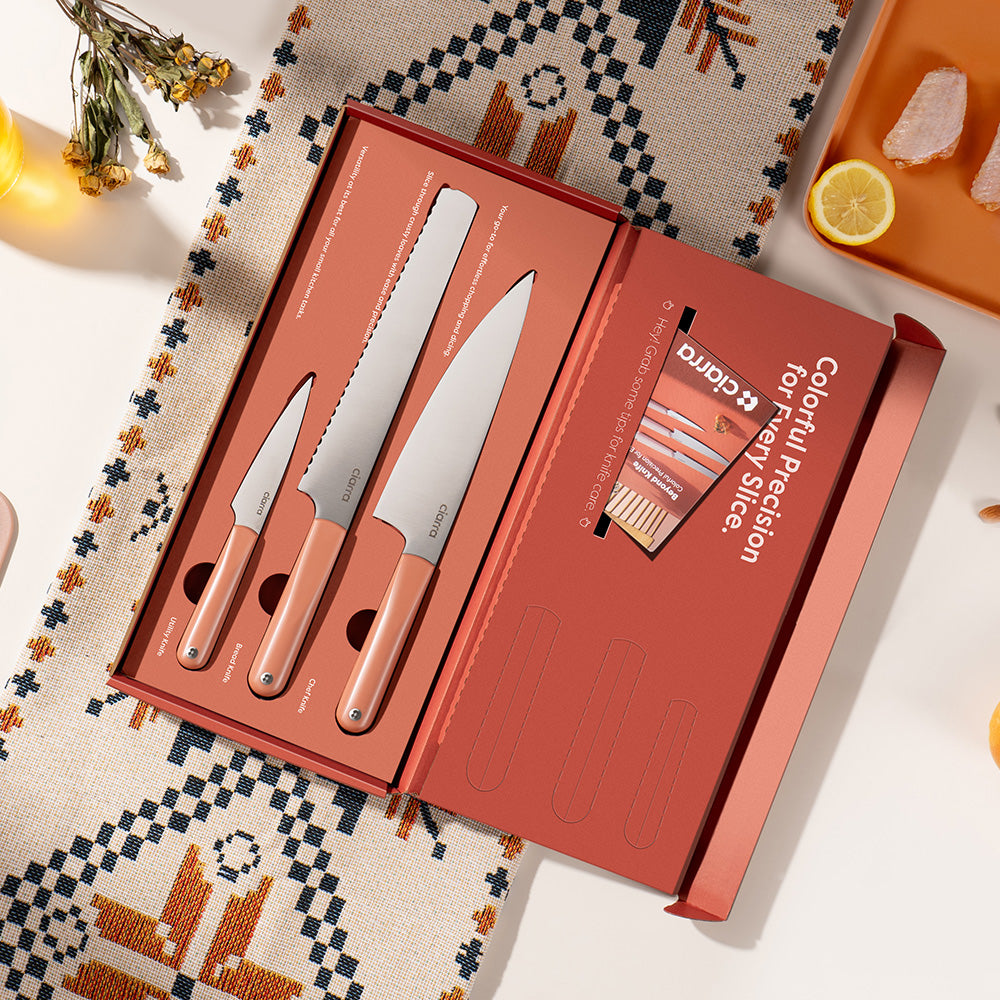
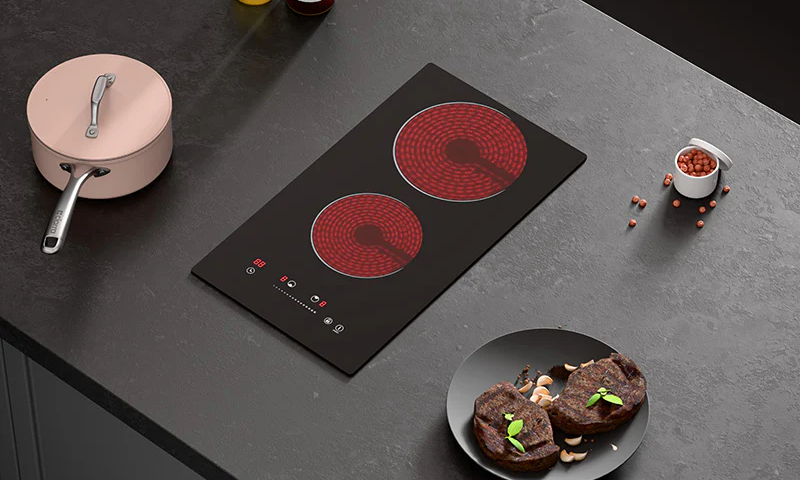

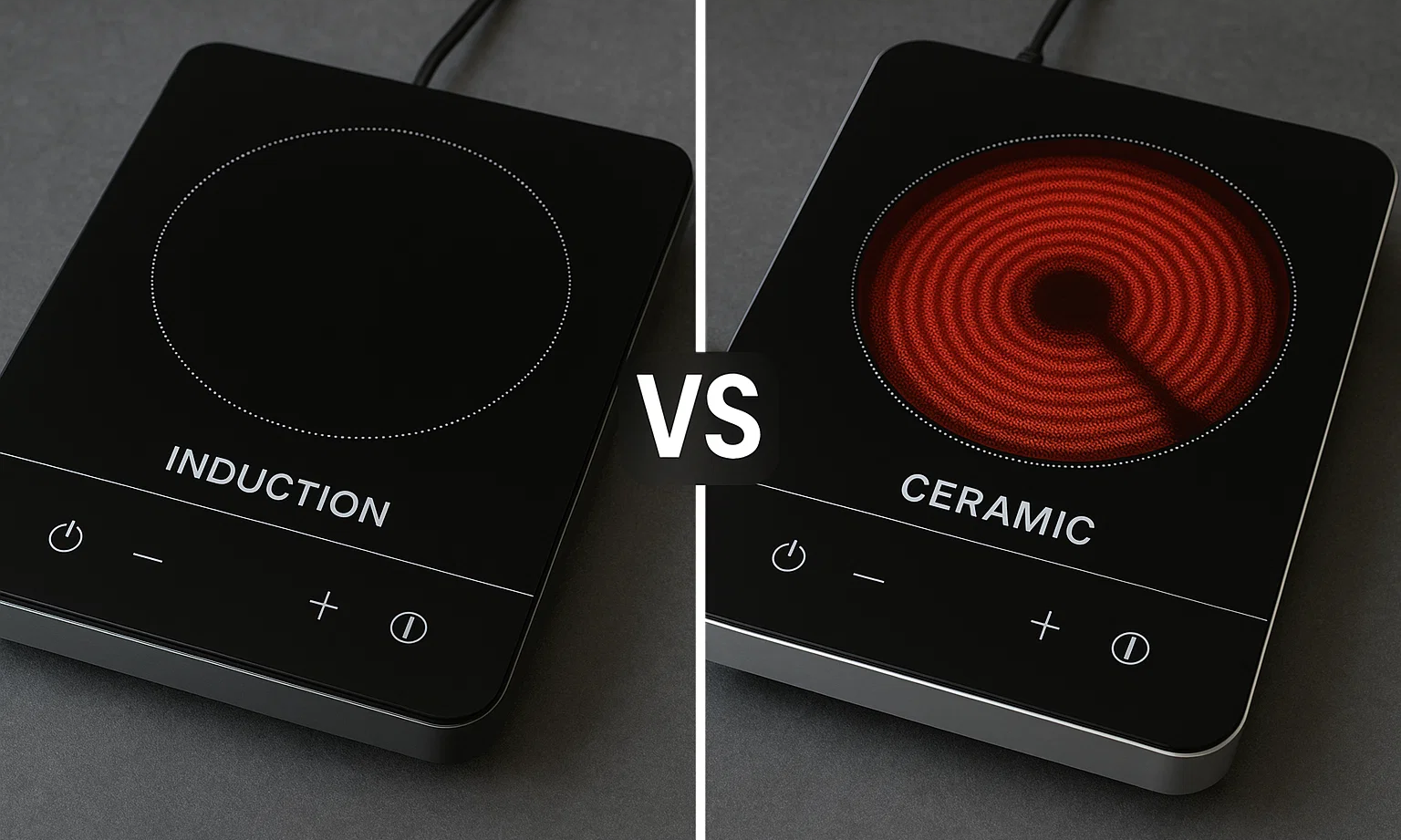
Lämna en kommentar
Alla kommentarer modereras innan de publiceras.
Denna webbplats är skyddad av hCaptcha och hCaptchas integritetspolicy . Användarvillkor gäller.